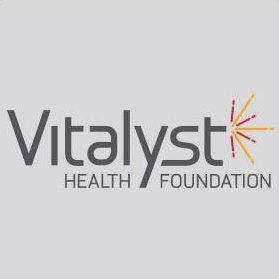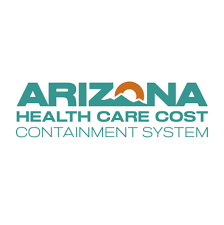AZPHA Breakfast & Learn
Arizona’s 2024 Ballot Measures:
A Public Health Perspective
There will be 13 ballot measures on your November ballot. The vast majority of them (11) were placed directly on the ballot by the legislature – largely because the Governor had earlier vetoed the measure or certainly would have. Others are designed to permanently change the state constitution. AZPHA has taken positions against 5 of the ballot measures and is supporting two of them (both citizen initiatives). This session will cover each of the ballot measures with color commentary from Will Humble about the pluses and minuses of each.
Our Speaker:
Will Humble, MPH
Executive Director
Arizona Public Health Association








